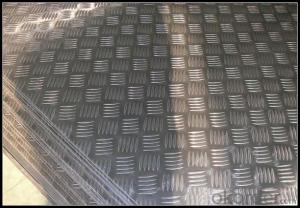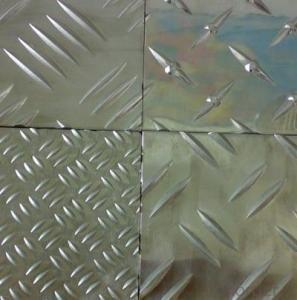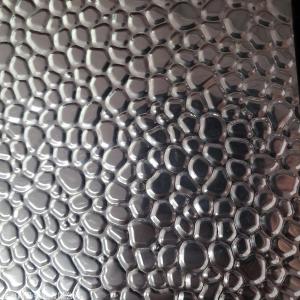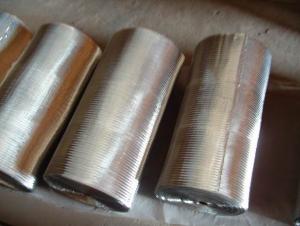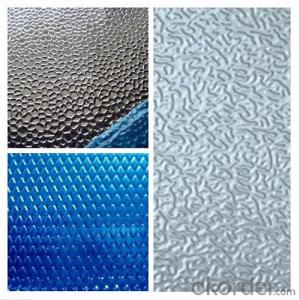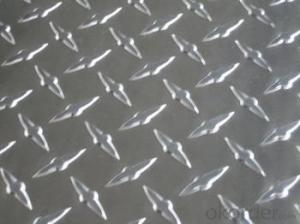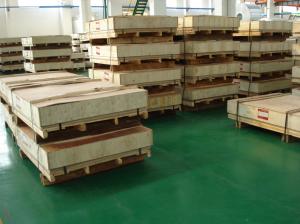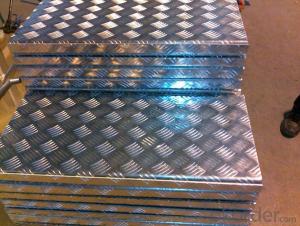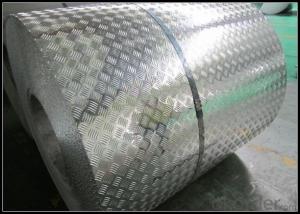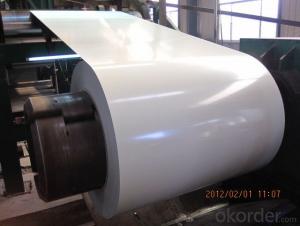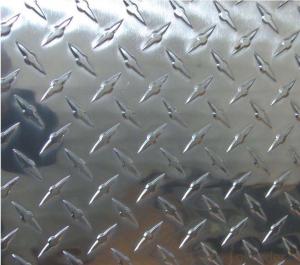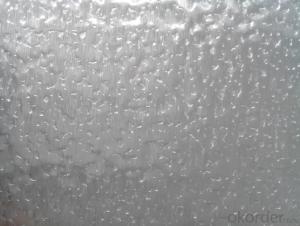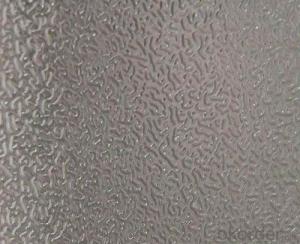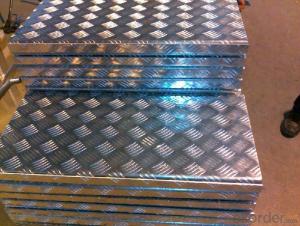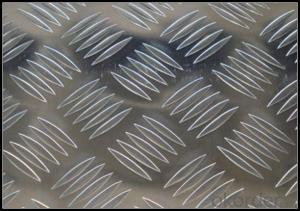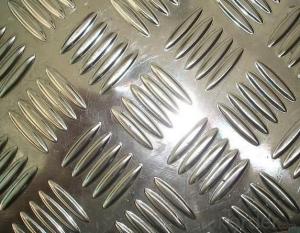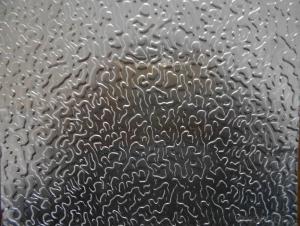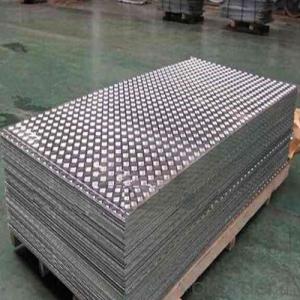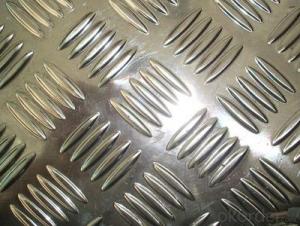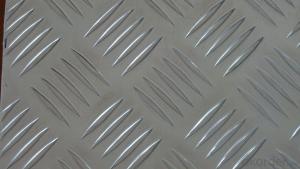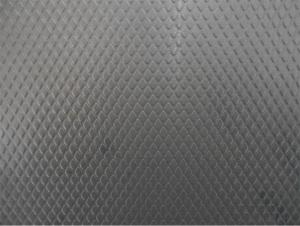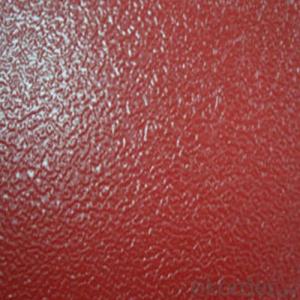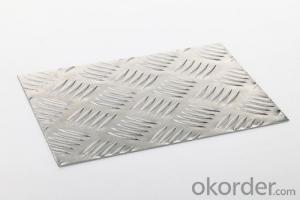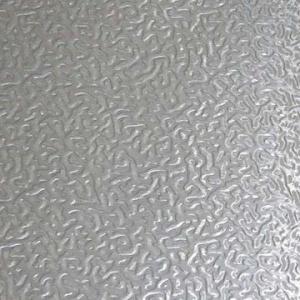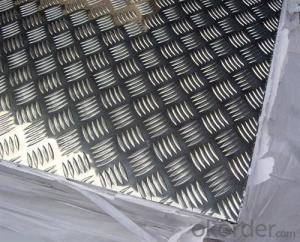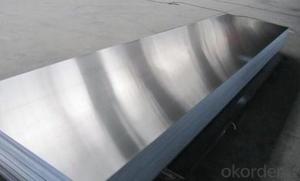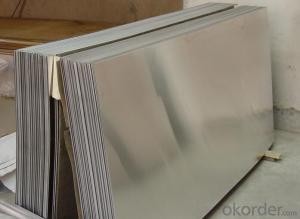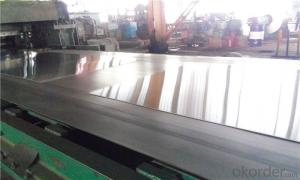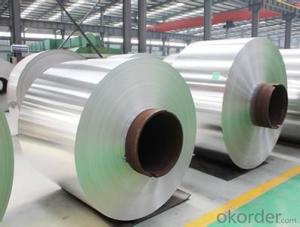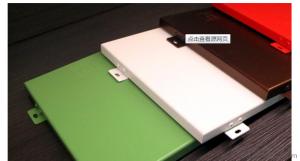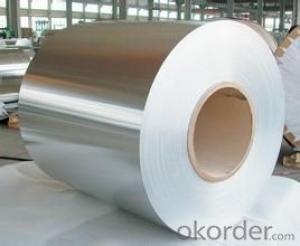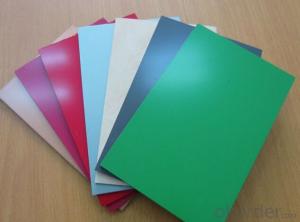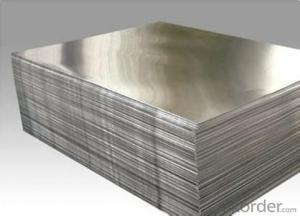Embossed Aluminum Diamond Plate
Embossed Aluminum Diamond Plate Related Searches
Embossed Aluminum Plate Diamond Embossed Aluminum Sheet Polished Aluminum Diamond Plate Embossed Aluminum Tread Plate Colored Aluminum Diamond Plate Anodized Aluminum Diamond Plate Engraved Aluminum Plate Bending Aluminum Diamond Plate Diamond Plate Aluminum Polish Aluminum Diamond Plate Polish Brazing Aluminum Diamond Plate Aluminum Black Diamond Plate Aluminum Diamond Plate Box Bending Diamond Plate Aluminum Aluminum Dimond Plate Aluminum Sheet Diamond Plate Buy Aluminum Diamond Plate Wholesale Aluminum Diamond Plate Welding Aluminum Diamond Plate Black Aluminum Diamond Plate Polished Aluminum Plate Aluminum Diamond Plate Panels Aluminum Diamond Deck Plate Sheet Aluminum Diamond Plate Perforated Aluminum Plate Aluminum Diamond Plate Boxes Diamond Plate Sheet Aluminum White Aluminum Diamond Plate Diamond Plate Box Aluminum Bright Aluminum Diamond PlateEmbossed Aluminum Diamond Plate Supplier & Manufacturer from China
Embossed Aluminum Diamond Plate is a type of metal sheet material that features a raised, diamond-shaped pattern on its surface. This unique design not only provides an aesthetically pleasing appearance but also offers increased traction and slip resistance, making it an ideal choice for various applications. The embossed pattern is created through a process that presses the aluminum sheet, resulting in a durable and long-lasting product that can withstand harsh conditions and heavy use.This product finds its application in a wide range of industries and usage scenarios, such as flooring, stair treads, ramps, platforms, and walkways, where slip resistance and durability are of utmost importance. Embossed Aluminum Diamond Plate is also used in commercial and industrial settings, including factories, warehouses, and construction sites, where safety and functionality are key concerns. Its non-slip surface helps prevent accidents and injuries, while its corrosion-resistant properties make it suitable for both indoor and outdoor applications.
Okorder.com is a reputable wholesale supplier of Embossed Aluminum Diamond Plate, offering a vast inventory of this product to cater to the needs of various industries. With a commitment to quality and customer satisfaction, Okorder.com ensures that the Embossed Aluminum Diamond Plate they provide meets the highest standards of performance and durability. Their extensive inventory allows customers to find the right product for their specific requirements, making Okorder.com a reliable source for Embossed Aluminum Diamond Plate.
Hot Products



